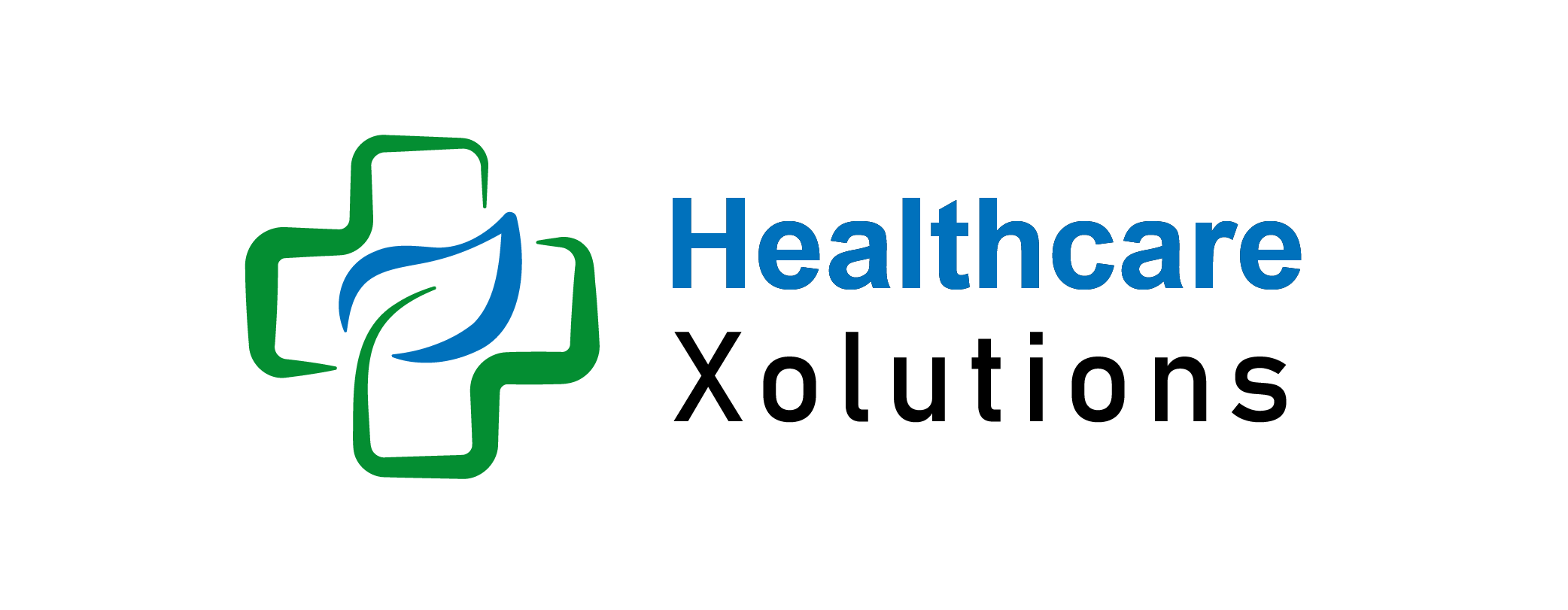Dental Insurance Premiums: What You Need To Know In 2025

The average American spends nearly $700 a year on dental care, without insurance, even a single root canal can exceed $1,200. That’s where dental insurance premiums come in. Understanding what you pay monthly, and why, helps you find full coverage dental insurance that matches both your health needs and your wallet.
Key Takeaways:
- A dental insurance premium is the monthly fee to maintain your plan.
- Premiums vary by age, plan type, location, and coverage level.
- Full coverage dental insurance typically has higher premiums but broader benefits.
- Comparing total annual costs gives a more accurate affordability picture.
- Preventive care and plan bundling can help reduce premiums over time.
What Is a Dental Insurance Premium?
A dental insurance premium is the fixed monthly payment made to keep your coverage active, regardless of whether you use dental services. It differs from deductibles or copayments, which are only paid when receiving treatment.
Why Do Premiums Matter?
Premiums influence your:
- Monthly Budget: Higher premiums can strain tight finances.
- Coverage Quality: Cheaper premiums may lack major procedure coverage.
- Out-of-Pocket Costs: Plans with low premiums often shift costs to you later.
Choosing the right premium helps balance affordability with the dental care you actually need.
Types of Dental Insurance Plans and Their Premiums:
1. Dental Health Maintenance Organization (DHMO):
- Lower premiums
- In-network only
- No deductibles
- Fixed copays
Best For: Budget-focused individuals or cheap dental insurance for a single person.
2. Preferred Provider Organization (PPO):
- Moderate to high premiums
- Wide dentist access
- Out-of-network partially covered
- Deductibles & maximums apply
Best For: Flexibility and moderate-to-full coverage needs.
3. Indemnity (Fee-for-Service):
- Highest premiums
- Freedom to see any dentist
- Upfront pay, reimbursement later
Best For: People needing full coverage dental insurance with dentist choice.
4. Discount Dental Plans:
- Lowest cost
- Not insurance
- Discounted services
- No premiums, waiting, or limits
Best For: People needing dental insurance with no waiting period.
Factors That Affect Dental Insurance Premiums:
- Age: Premiums increase with age, especially for dental insurance premiums for seniors.
- Location: Higher in metro areas or states with costlier dental care.
- Plan Type: PPO and indemnity plans charge more than HMOs or discount plans.
- Coverage Level: Full coverage dental insurance cost is typically higher due to included major services.
- Dependents: Family coverage costs more but can be cost-efficient per person.
- Waiting Periods: Plans without waits often charge higher monthly fees.
How Much Is Dental Insurance a Month For a Single Person?
- DHMO Plans: $15–$30/month
- PPO Plans: $25–$60/month
- Indemnity Plans: $50–$80/month
- Cigna Dental Insurance: PPO plans range from $30–$70/month based on coverage.
How To Choose The Right Dental Insurance Premium?
1. Know Your Dental Needs:
- Expecting only checkups? Choose a basic plan.
- Need root canals or implants? Go for full coverage dental insurance.
2. Calculate Total Yearly Cost:
- Add monthly premiums + deductible + copays + annual limits.
3. Verify Network:
- Ensure your dentist is covered by Cigna dental insurance or your chosen provider.
4. Check Exclusions and Limits:
- Read fine print for waiting periods, service caps, and hidden exclusions.
How To Reduce Dental Insurance Premiums?
- Compare plans yearly for new discounts
- Choose for higher deductibles for lower monthly rates
- Use preventive care to avoid major procedures
- Leverage employer coverage if eligible
- Bundle policies (vision, health + dental) for combined savings.
Conclusion:
Dental insurance premiums are more than just a monthly charge, they define your access to quality oral care. The best dental insurance isn’t the cheapest; it’s the one that covers your expected needs without financial strain. Whether you’re a senior, single adult, or searching for full coverage dental insurance with no waiting period, understanding premiums puts you in control. Choose wisely now to avoid bigger bills later.
FAQs:
What happens if I miss a premium payment?
Coverage may lapse or be canceled after a grace period.
Are dental premiums tax deductible?
Yes, if you itemize and they exceed 7.5% of adjusted gross income (AGI).
Is it better to pay premiums monthly or annually?
Annual payments may include a discount. Monthly offers more flexibility.
Do all dental plans have premiums?
No. Discount plans offer savings without monthly premiums.
Can I change my plan if premiums become unaffordable?
Yes, during open enrollment or after a qualifying life event.
